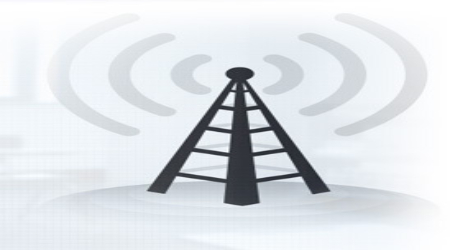Better Technology: Independent, Secure WiFi Networks and Bluetooth Beacon Systems
Part 2 of a two-part story on new wireless technologies for facility management.
3. Independent, Secure WiFi Networks For Occupants and Staff
While smartphone cellular use has gone building-wide, so has non-cellular WiFi wireless networking technology. Increasingly, WiFi is being deployed by tenants in spec buildings and by building owners in common spaces using network components that are based on the 802.11 standards developed by the Institute of Electrical and Electronics Engineers (IEEE).
An independent, secure WiFi network for the use of facility staff improves their efficiency, enabling them to use cellphones or tablet or notebook computing devices anywhere in the building for access to email, files, and intelligent building control systems (BMS, lighting control, security systems, etc.). Equipment troubleshooting and work-order generation are just two examples of the opportunities to use a secure WiFi system.
Increasingly, WiFi is being used for voice-over-Internet protocol communication and video conferencing, and tenants will expect Class A office facilities to provide it.
Among the advantages of WiFi compared with cellular communication are lower usage cost. That said, WiFi is particularly vulnerable to breaches of cyber-security when not designed, installed, and maintained with security as a top priority. It is critically important for facility managers to build and implement an enterprise-rated WiFi network with the appropriate security appliances and rules to protect the building operating network from unauthorized access.
A base building converged network accommodating all the base building intelligent building control systems on one shared network is the trend in new building developments. The rapid adoption of IT network convergence — building automation systems, lighting control, and security systems on one network — has the advantage of leveraging an enterprise-rated network design following industry best practices for network security. While the fear is that a converged network heightens security risks, the opposite can actually be true, seeing that most traditional control systems had very little network security as part of the installation.
4. Emerging Technology: Bluetooth Beacon Systems
Bluetooth beacon technology is gaining traction as part of a “location awareness” communication platform in facilities ranging from transportation centers to retail centers to commercial office buildings.
Bluetooth beacon technology enables better way-finding for facility users, while it enables data gathering and harvesting by facility managers to track traffic flows and populations of various spaces in the facility. It has a myriad of everyday applications for facility managers, including optimization of security systems and energy efficiency, as well as generation of location-specific work orders. In an emergency, it enables location-appropriate alerts and evacuation routes to be sent to building occupants’ cell phones.
In making a facility smarter, distributed antenna systems, WiFi and Bluetooth wireless communication technologies undoubtedly have the potential to advance a building toward IoT goals.
To realize their potential, however, the three systems must be well-designed and well-integrated for this purpose. This requires an integrated approach to planning, design, and the concept of operations. While the IT challenges are significant on a greenfield site, the legacy networks and old proprietary systems in an existing building require a system overhaul to achieve true interconnectivity.
In order to achieve the full benefit of systems integration, a robust building IT infrastructure is required to enable optimal performance and efficiency. Investment would need to be made up front with a coordinated design to ensure system interoperability using open IT protocols and a secure network implementation. ■
Herbert O. Els is a senior vice president and national leader of building technology systems for WSP | Parsons Brinckerhoff based in the San Francisco office. He can be reached at Herbert.Els@WSPGroup.com.
Isaac Chen is the network technical leader for the firm, based in San Francisco. He can be reached at Isaac.Chen@wspgroup.com.
Email questions to edward.sullivan@tradepress.com.
Related Topics:













